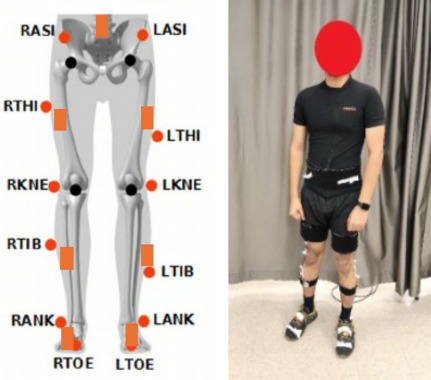
MCP Digital Health
@mcpdigital
Mayo Clinic Proceedings: Digital Health is an online-only, open access medical journal. Tweets represent opinions from the Editorial Board, not Mayo Clinic.
This scoping review provides recommendations for the evaluation of eHealth lifestyle interventions, specifically targeting preschool children. bit.ly/3TNT5eJ
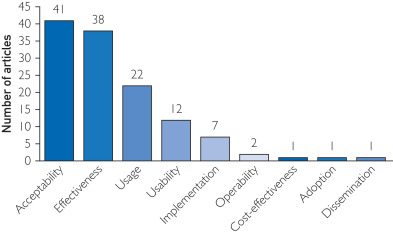
Topological data analysis has emerged as a promising tool in the field of cardiovascular disease, specifically in the assessment of coronary atherosclerosis. bit.ly/4meiD0D
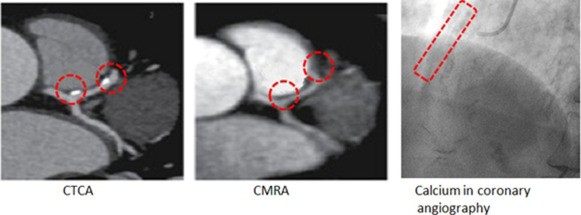
Letters to the editor: In a world where fluency can be faked, what becomes rare is not technical mastery, but sincere intention and originality. a glimpse of the person behind the words. bit.ly/4m7lYhX

Self-reported data suggest that gait, sleep, and psychiatric symptoms may distinguish mild cognitive impairment with more diversity than commonly considered in clinic. bit.ly/3Ul1lTE
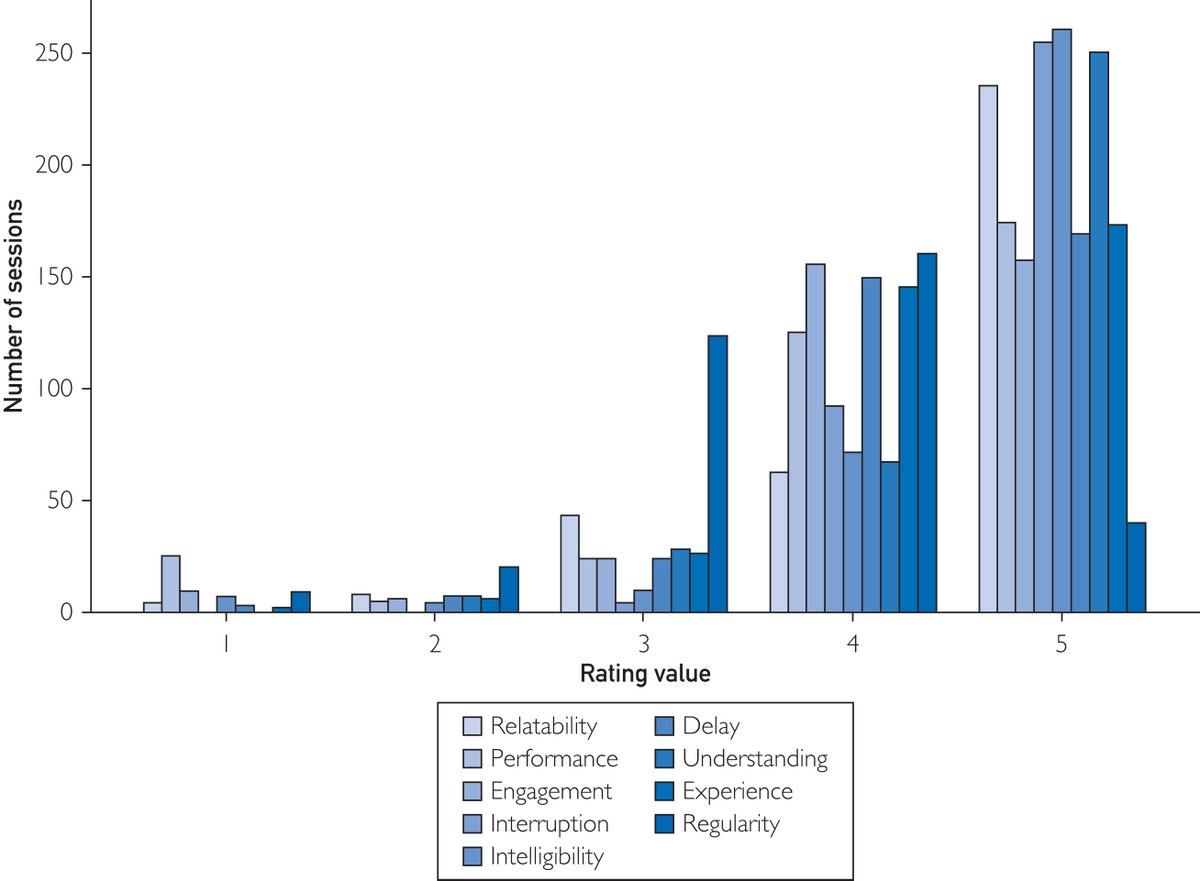
This study discusses the efficacy, efficiency, and usability of a centralized portal for researchers that aggregates resources offering effective search capabilities and facilitates collaboration. bit.ly/44MDiBS
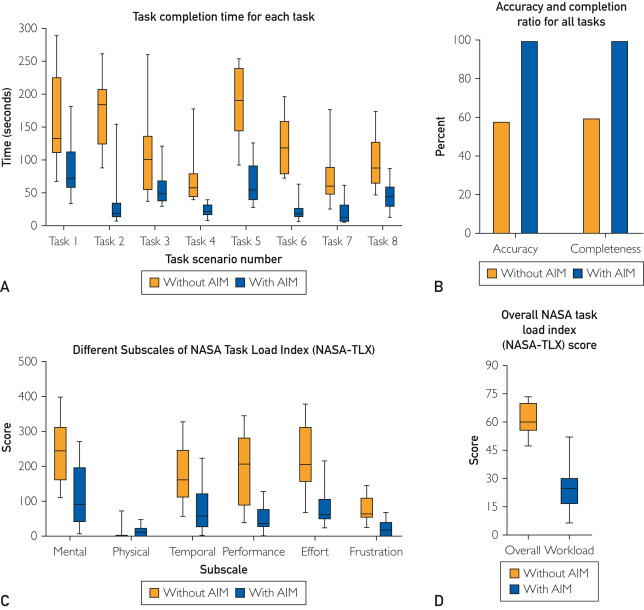
Augmented reality via head-mounted display has revolutionary potential for education, preoperative planning, and intraoperative guidance in minimally invasive orthopedic surgery, reducing K-wire placement error by half. bit.ly/40fwhIy
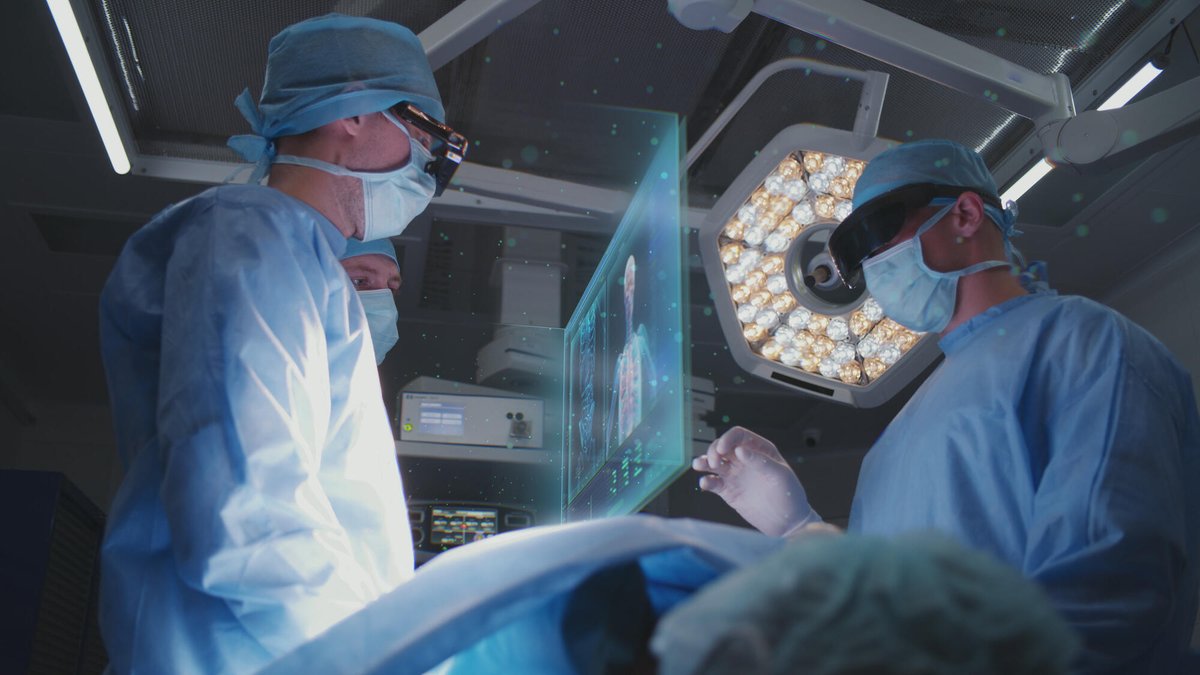
This study uncovered notable discrepancies between the InfoKids+ algorithmic triage and conventional nurse-based triage, highlighting the critical need for rigorous validation of such tools for accuracy and safety before public release. bit.ly/4kyfXKe

The misrepresentation of hospital leadership in AI-generated images starkly contrasts with real-world trends, where women and people of color increasingly assume leadership roles. bit.ly/4kzPPP5
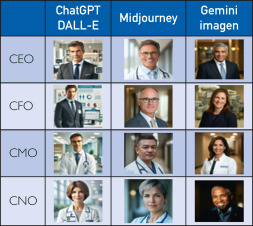
Topological uncertainty refers to ambiguities in spatial and structural characteristics of medical features, which can impact the interpretation of coronary plaques in medical imaging. bit.ly/3TrLzpB
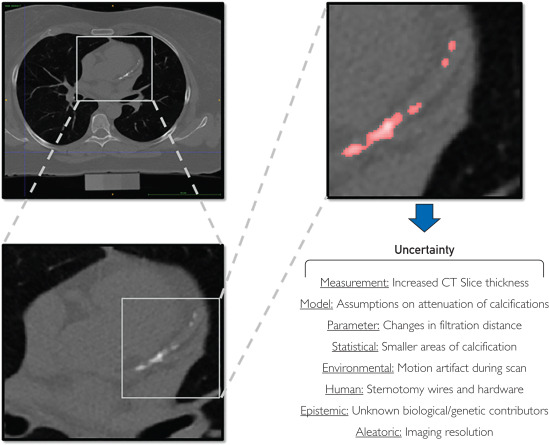
A consensus on specific outcome measures for evaluating the impact of digital health in occupational health care is essential for obtaining easily comparable results and providing more detailed advice for health care professionals and policy makers. bit.ly/44uwTLn
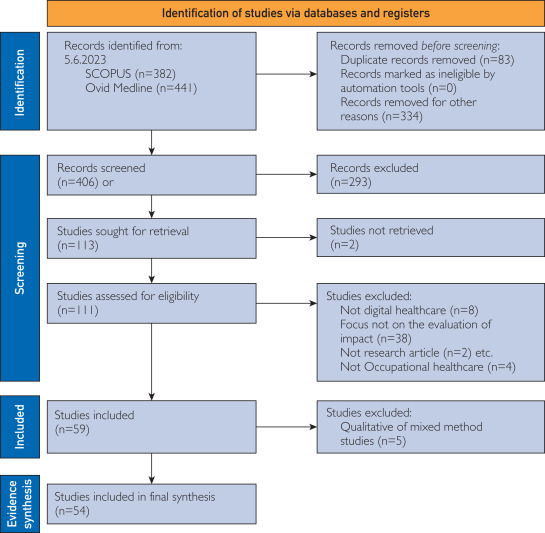
DeepSeek’s approach has the potential to make artificial intelligence in health care more accessible, secure, and affordable. Health care systems must get ready for a future in which AI plays a major role in decision-making. bit.ly/3TkyePW

Evaluating the performance of AI large language models compared with obstetrics-gynecology residents in clinical decision-making, examining diagnostic accuracy and error patterns across linguistic domains, time constraints, and experience levels. bit.ly/45PjakW
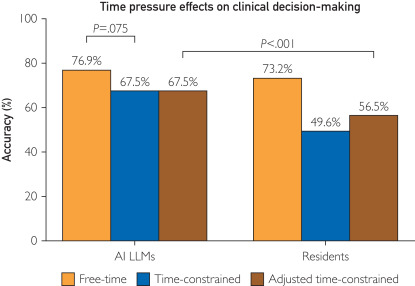
This systematic review synthesized the current state of research on natural language processing techniques for early detection of cognitive impairment from speech and language data. bit.ly/46o8N7A

Through this research, the cystic fibrosis community, academics, and clinicians developed CF Tummy Tracker, a CF-specific patient-reported outcome measure for daily recording of gastrointestinal symptoms burden. bit.ly/3ZM9O5C
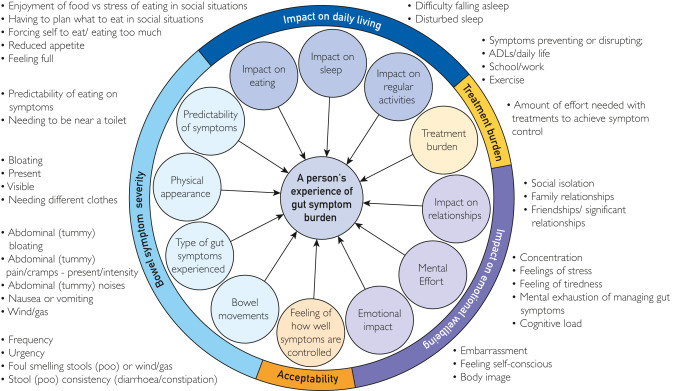
This article is the first application of a practical guide for describing how to select a wearable device for clinical studies. bit.ly/44y6sFR
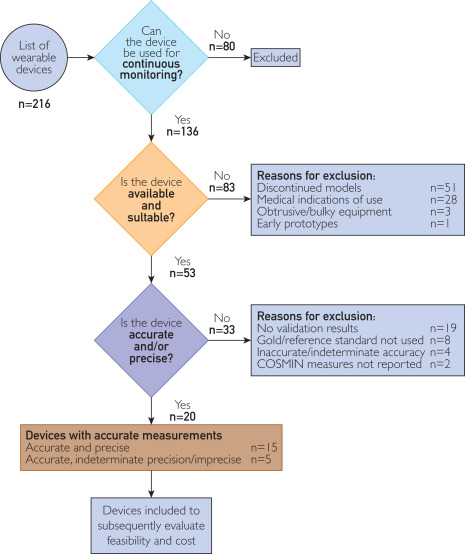
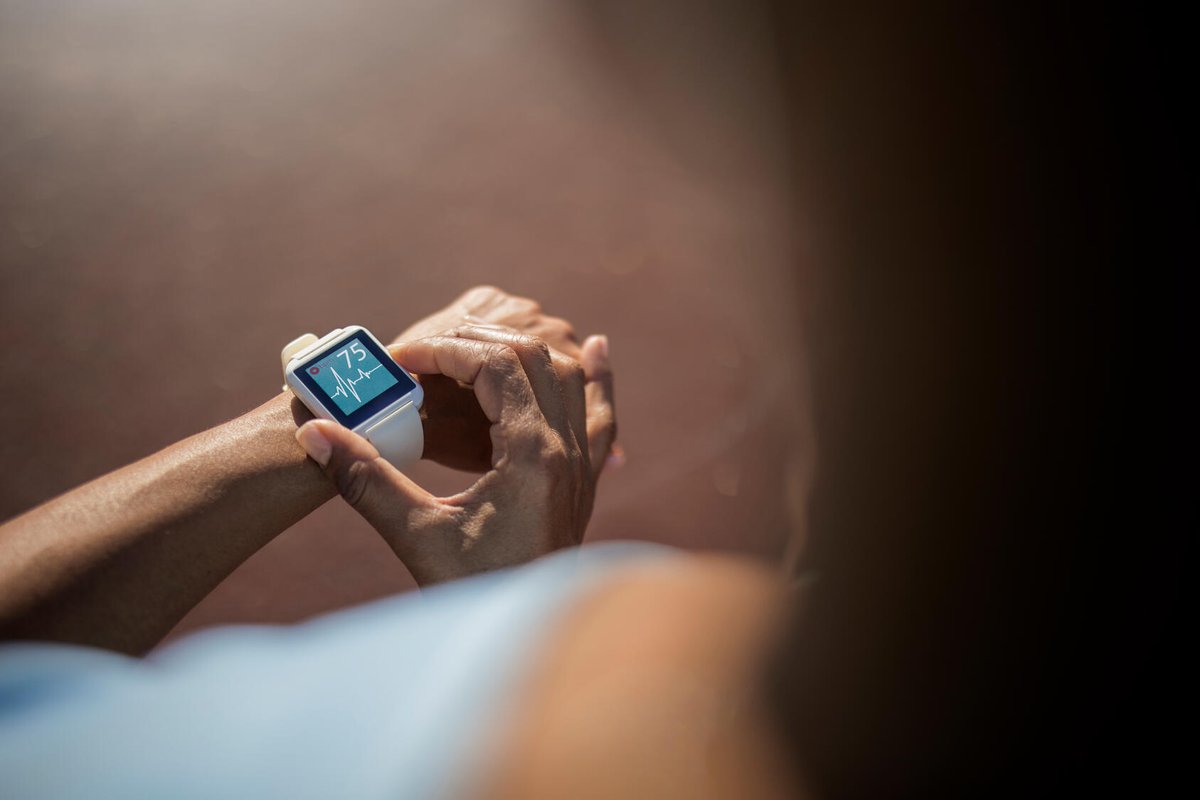
The findings suggest that participants are generally more comfortable with decentralized clinical trials than sites. Both participants and sites still prefer a hybrid clinical trial over a fully remote clinical trial operating model. bit.ly/4kLRHoG

The persistent electronic alert model provides real-time risk assessment of persistent severe acute kidney injury with appropriate lead time, addressing the scarcity of validated prediction models. bit.ly/43Sc7Gz
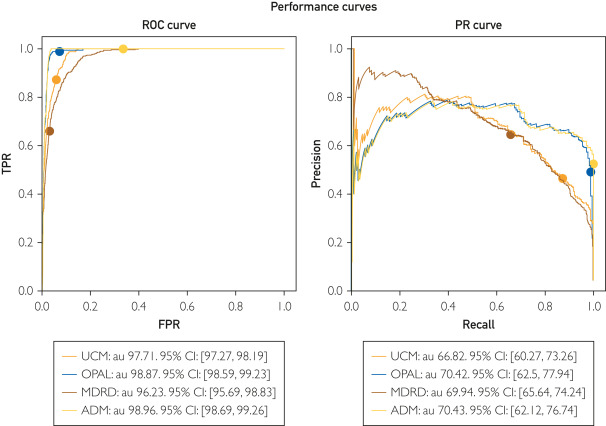
Topological data analysis has emerged as a promising tool in the field of cardiovascular disease, specifically in the assessment of coronary atherosclerosis. bit.ly/3SZh6z8
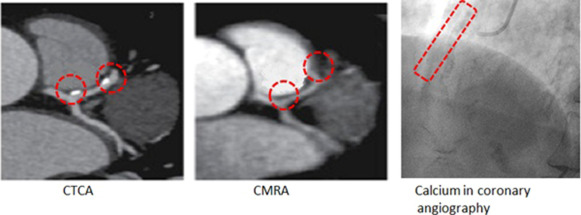
The integration of digital health care has improved the quality, safety, and efficiency of care, marking a shift in care delivery and empowering patients in shared decision-making. bit.ly/4jGEb4h

This study implemented an inertial measurement unit sensor-based deep learning model to predict lower-limb joint kinematics during various gait activities, such as walking, jogging, and running. bit.ly/3SKnI4b
